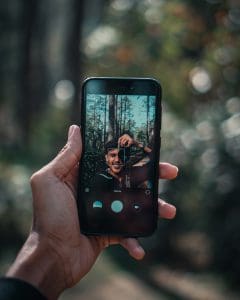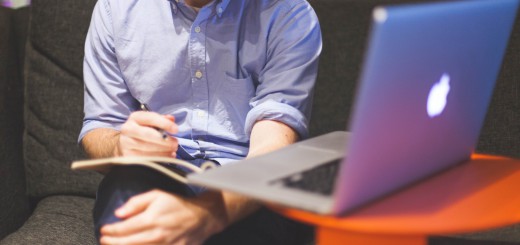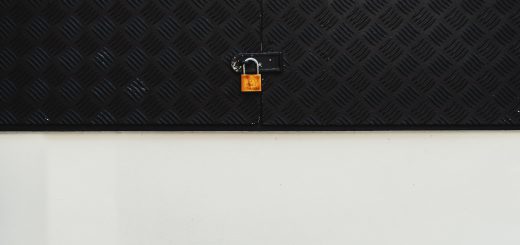Selfies
An easy target for those criticizing how adolescents use technology today is by mimicking them taking a selfie. The image can feel much more familiar than you may want to admit: your phone in your hand, arm stretched out in front of you as you angle and turn both it and your head as you try to find the most flattering shot. You take a few, get unhappy with nearly all of them, then repeat the process with different lighting, by changing your hair ever so slightly, and so on.
Some have raised their concerns about how selfies promote vanity. For example, in a survey conducted among plastic surgeons, a little more than half said that their patients’ motivations was to look better in selfies. There have been reports that selfies promote narcissism, but some argue that people who already have more narcissistic traits are more likely to take selfies to fuel it. Selfies can be a way for adolescents to explore who they are (something that youths have historically been doing), and as a way of boosting their confidence and self-esteem, and some studies have shown that teenagers feel better about themselves when they take selfies.
Selfies aren’t just an independent activity though. Social media gives us the opportunity to share the photos we take of ourselves with others. The frequency in how often people put images of themselves online can affect those who are already vulnerable to or may already be diagnosed with body dysmorphic disorder (BDD). It doesn’t help when filters start coming into play. Because of the ways that certain filters soften and blur the face, sometimes adding a little bit of makeup or slightly changing features, it can cause people, especially adolescents, to fixate on what they consider to be “improvements.”
Photoshopping used to be the go-to method to “enhance” photos, but the software can be expensive, it takes time, and there are a lot of features to navigate. Meanwhile, you can simply swipe through filters on Instagram and Snapchat to see what looks the most flattering, and tools like Facetune make the editing process a lot quicker. This “Snapchat dysmorphia” has led to an increase in people requesting things such as plastic surgery and fillers to change their look, and instead of bringing photos of celebrities or others they want to resemble, they bring in photos of themselves with a certain filter.
However you feel about them, no matter how many you may or may not take, selfies are here to stay. There’s a healthy way of going about how you perceive yourself and others when both taking and looking at them, and like most things on the screen, what you see very rarely represents reality.
How do you feel about selfie culture? Do you post or take them often? What other ways do you think taking selfies and posting them can positively or negatively affect mental health?






Recent Comments